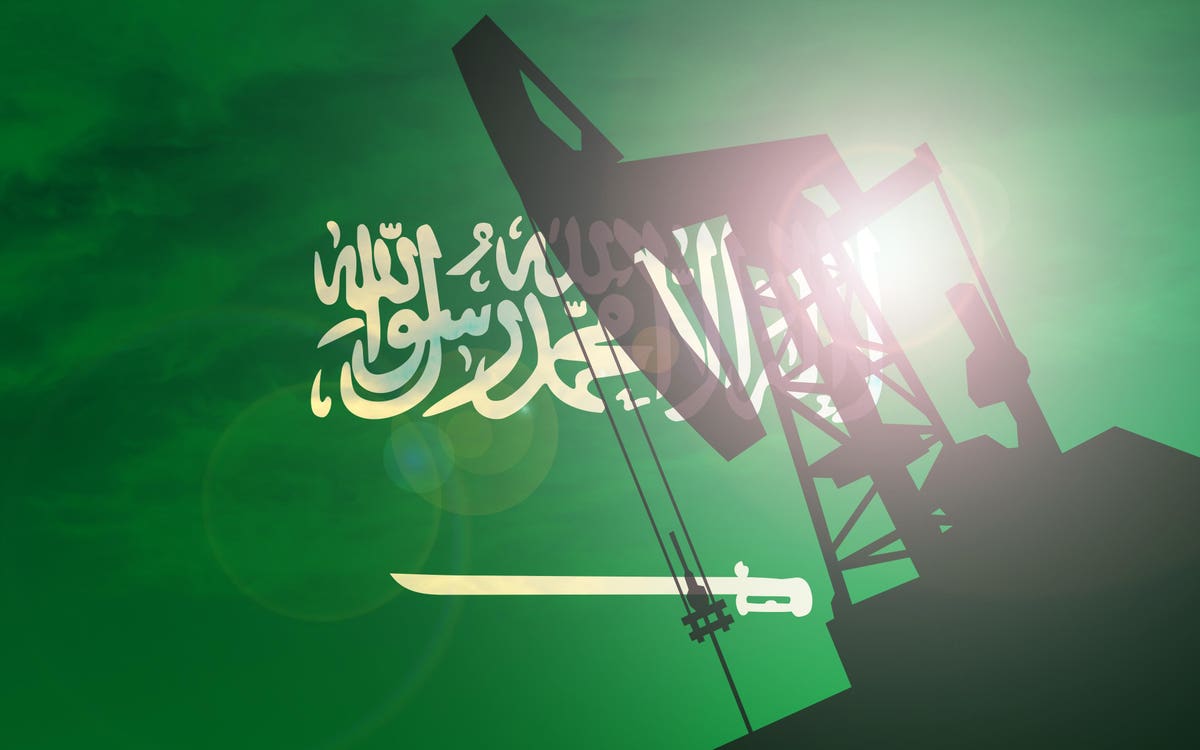The latest announcement from OPEC+ keeping temporary oil production cuts in place through December 2023 is not what it seems. Most news reporting on the cuts has focused on potential Saudi and Russian collusion against the United States as the motivating factor behind the decision. While there may be plenty of friction between said countries, the real story is much more sublime.
Russian oil production cuts are not voluntary – they are the result of factors related to Western sanctions in retaliation for Russia’s aggression against Ukraine in the Black Sea war. Major oil companies and several oil service companies either curtailed operations in Russia or pulled out completely after Russia’s February 2022 invasion of Ukraine. The abandonment of assets by highly experienced and efficient oil companies left some Russian oilfields to be run by less experienced entities. Over time, normal maintenance and repairs that needed to occur have not been as robust under Russian control as they were under multinational oil and oil service companies’ control. It is only natural, and not at all unexpected, that Russian oil production would fall under such circumstances. Additionally, Western sanctions and embargoes on equipement, spare parts, and technology are pressuring the Russian oil sector even further, creating more of a strain on Russian oil production capabilities.
Furthermore, the Western Alliance’s price cap imposed upon Russian crude oil purchases is now affecting the procurement of Russian crude oil by companies and countries inclined to abide by the price cap, which has now been exceeded as world crude oil prices rise. Compliance inclined buyers include all of the EU member nations, which, as a block, still represent the single largest purchaser of Russian crude oil. Even with all the war related animosities and rhetoric leveled at Russia from EU and Western alliance nations, dependence on Russian crude oil remains a harsh and unpleasant reality.
Russian press releases touting production “cuts” of three hundred thousand barrels per day are nothing more than cunning attempts at covering up both Russia’s inability to operate oil fields at maximum efficiency, and the negative effects of the Western Alliance’s price cap in the post Black Sea War related sanctions environment.
As for the rest of the OPEC+ consortium, the bulk of the one million barrel per day crude oil production cut initiated in July 2023 is coming from Saudi Arabia, the world’s foremost swing producer. Even though relations between the U.S. and the Saudis have not been completely without friction, the Saudis are not cutting production to hurt the U.S. or even to raise the price of oil. On the contrary, the Saudi’s know better than anyone the risk of high crude oil prices harming the global economy, which could devastate oil demand and hurt Saudi Arabia, in relative terms, more than most OPEC+ members.
We’ve said it before and it’s worth saying again: OPEC does not set production quotas to influence the price of oil; OPEC sets production quotas to balance the supply and demand of oil so that the global economy can operate at optimal efficiency thereby creating maximum oil demand for a sustained period of time.
As much as it is interesting to hypothesize that OPEC wants to hurt the U.S. or take in more oil revenues by reducing supply to raise prices, that hypothesis would not be correct. OPEC has a rich history from which it has learned valuable lessons, not the least of which is to maintain supply/demand balance in oil markets rather than risk tipping the global economy into recession by raising oil prices too high.
The latest OPEC+ decision should raise more red flags about the health of the global economy than it should about perceived geopolitical tit-for-tat shenanigans using oil production as a weapon. OPEC clearly sees risks ahead for the global economy, and that’s what analysts and investors should be focussed on now that the decision has been made to continue curtailing oil production through Q4 2023.
Read the full article here













Leave a Reply